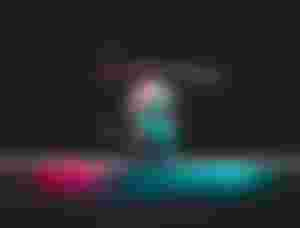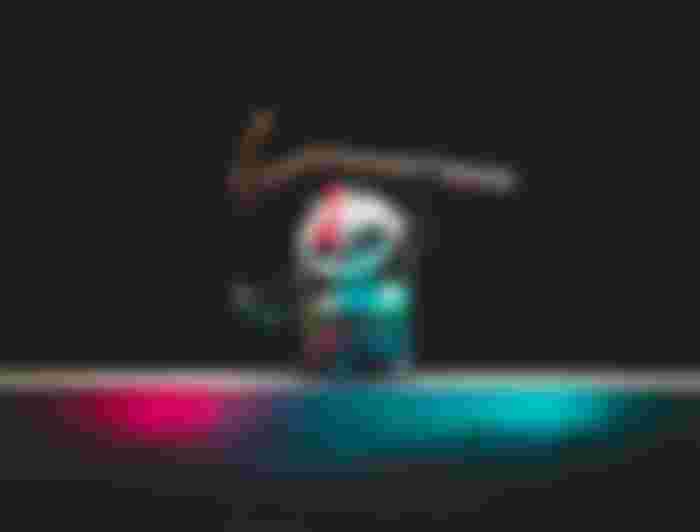3D Animation Explained

The process of producing animated three-dimensional visuals in a computer setting is known as 3D animation. These images were produced using 3D software, which enables animators to produce digital things that appear three-dimensional despite being on a two-dimensional surface. Animation professionals can make anything appear to be moving across three dimensions, from a video game character to an automobile in an advertisement. This is done through the use of visual effects and exact timing.
Differences between 2d and 3d?
The graphics all appear flat because they only have an x-axis (horizontal) and a y-axis in a 2D universe (vertical). The z-axis, which adds depth, is a crucial third axis in 3D animation. 2D animation can be seen in classic Disney animated films like "Sleeping Beauty" and "Bambi." In comparison, examples of 3D animation include "Frozen" and "Ice Age"
This essential distinction can be attributed to the technical procedures used to produce 2D versus 3D animation. What distinguishes 3D animation from 2D animation? The animator draws a series of images on a flat surface to produce a 2D animation. By slightly changing the position of the animation figure across frames, which are then quickly played back to produce a dynamic image, the illusion of movement is produced.
Hand-drawn animations like "Bambi" were common in the past. Using computer graphics software today, 2D animations may be made considerably more fast. 3D computer animations are also produced using animation software. The animations, on the other hand, are made in three dimensions using actual physical (3D) models. Below are further specifics about the creation of 3D animation.
Forms it can be used…
Gaming, TV shows, and movies were where 3D animation initially gained popularity. But it's now frequently used outside of these situations as well. 3D animation is used across various industries and for a variety of objectives, from corporate advertising campaigns to architectural modeling and medical research. Here is a lm;;ist of some modern applications for 3D animation.
both cinema and television:
Character animation in television and film frequently uses 3D animation. The method can give characters a more realistic appearance, strengthening the emotional bond that viewers form with them. The vividness and interest of a 3D animated character is almost like playing with a toy.
This makes 3D animation a great tool for entertaining children. The "Frozen" films are a fantastic illustration. The story's magical aspects, such as the main character Elsa turning things into ice, are enhanced in 3D. In a 3D image, scenes where the character sings, dances, or spins have more impact. Even facial expressions become more moving.
Video games with 3D animation can also feel more realistic, enhancing the action for the player. Having the 3D experience can provide for a far more thrilling encounter while you're fighting an enemy or racing through an obstacle course. In order to give the player the impression that they are actually within the world at all times, 3D animation can also be combined with virtual reality and augmented reality special effects.
One instance of a video game animation that makes use of 3D technology is Horizon Zero Dawn. When playing an action game, players must use their bodies physically to fight against opponents, solve puzzles, and escape traps. The 3D battle robots in the game are significantly more terrifying, making for a more heart-pounding encounter.
business presentations:
PowerPoint presentations that were monotonous are a thing of the past. Presentations incorporating 3D animated elements aid in capturing the audience's interest and maintaining it throughout the presentation. You can get a sense of how captivating a 3D presentation may be by viewing this how-to instruction from Microsoft that includes pictures of a drone in flight.
For Marketing:
3D animation for marketing might also be beneficial. This method could be used, for instance, by a marketer to demonstrate all the qualities of a product as they would actually be seen. The goods' appearance can be better conveyed to the audience. 3D animation can be used by brands to demonstrate items through tutorials or demos
Simply using 3D animation to produce more compelling content is another option. A captivating video ad using 3D technology can hold viewers' attention in a world when audience attention spans are getting shorter. The visual intensity that 3D technology may produce to increase conversion rates is well demonstrated in this advertisement for the Borgata online gambling App.
Aesthetics and design:
Before houses and structures are built, lifelike renderings can be made using 3D animation. Using VR and AR tools, architects may even enter and explore their creations. This is helpful for interior design as it gives designers a clear sense of how a room will look. These samples of 3D rendering from LCP360 demonstrate what this technology is capable of.
